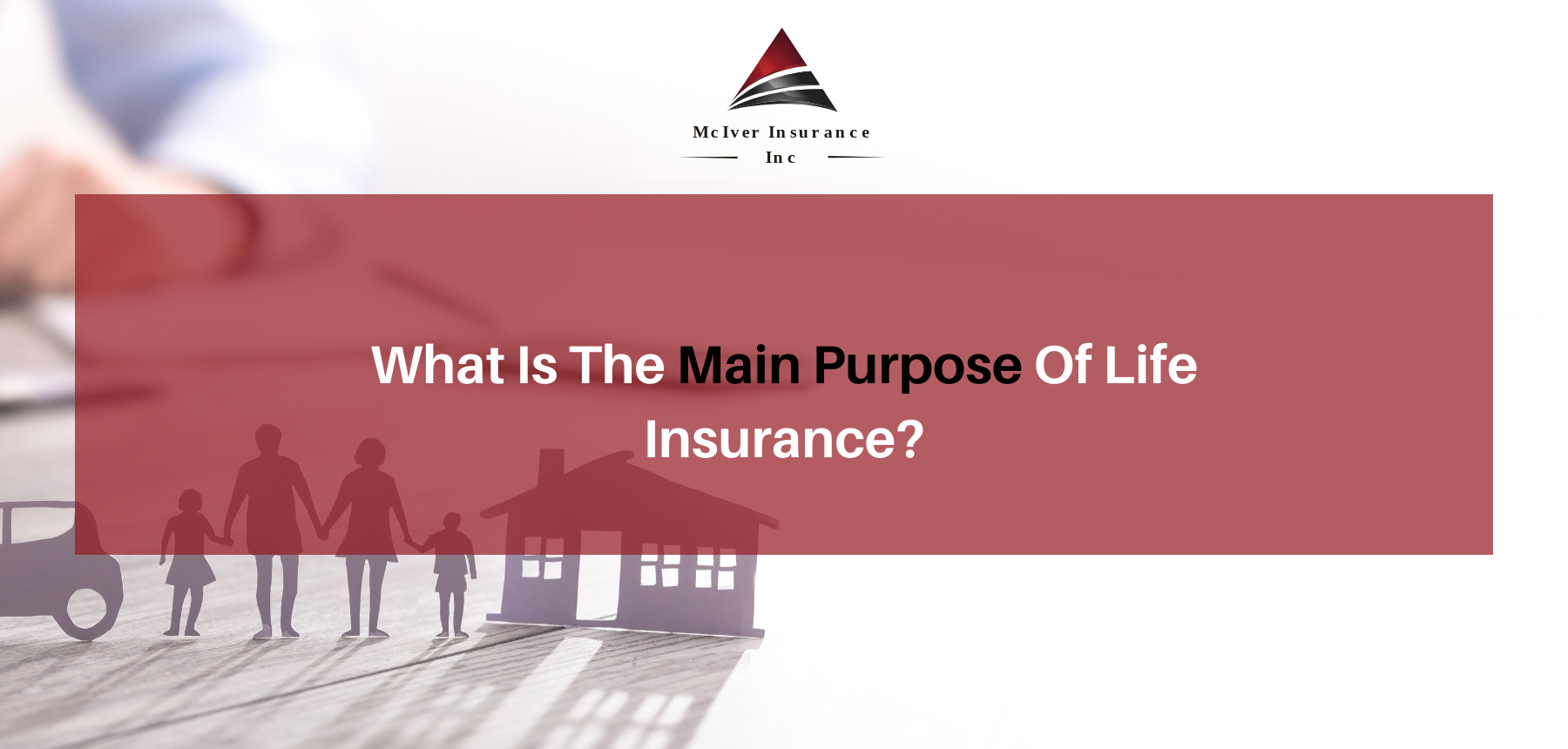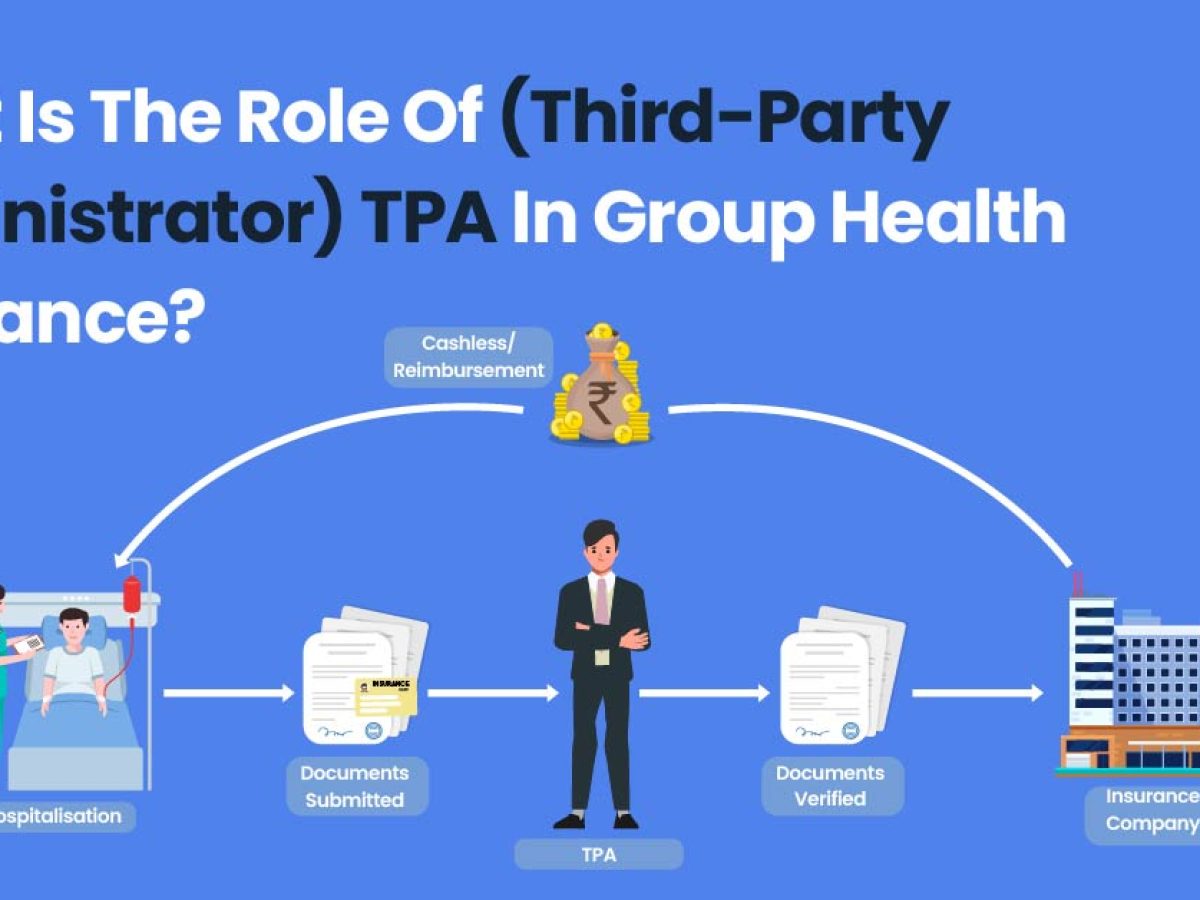The smart Trick of Pacific Prime That Nobody is Discussing
The smart Trick of Pacific Prime That Nobody is Discussing
Blog Article
Facts About Pacific Prime Uncovered
Table of ContentsSome Known Factual Statements About Pacific Prime Our Pacific Prime IdeasThe Buzz on Pacific PrimePacific Prime for DummiesNot known Incorrect Statements About Pacific Prime

This is due to the fact that the data were gathered for a duration of strong financial efficiency. Of the estimated 42 million people who were uninsured, almost about 420,000 (regarding 1 percent) were under 65 years of age, the age at which most Americans end up being qualified for Medicare; 32 million were grownups in between ages 18 and 65, around 19 percent of all grownups in this age; and 10 million were kids under 18 years old, regarding 13.9 percent of all children (Mills, 2000).
These estimates of the variety of persons without insurance are produced from the yearly March Supplement to the Existing Populace Survey (CPS), carried out by the Demographics Bureau. Unless otherwise kept in mind, nationwide price quotes of people without health insurance policy and proportions of the population with different type of insurance coverage are based on the CPS, the most widely used resource of estimates of insurance coverage and uninsurance rates.
Facts About Pacific Prime Uncovered

Still, the CPS is particularly useful due to the fact that it produces yearly quotes reasonably promptly, reporting the previous year's insurance policy coverage approximates each September, and since it is the basis for a constant set of quotes for greater than twenty years, permitting for analysis of fads in coverage over time. For these factors, along with the substantial use the CPS in other researches of insurance policy coverage that exist in this report, we count on CPS estimates, with constraints noted.

The estimate of the variety of uninsured people increases when a population's insurance policy condition is tracked for several years. Over a three-year period starting early in 1993, 72 million individuals, 29 percent of the U.S. https://sitereport.netcraft.com/?url=https://www.pacificprime.com. populace, were without coverage for a minimum of one month. Within a single year (1994 ), 53 million people experienced at the very least a month without coverage (Bennefield, 1998a)
6 out of every ten without insurance adults are themselves used. Although working does improve the likelihood that a person and one's member of the family will have insurance, it is not a guarantee. Also members of households with two full time wage earners have practically a one-in-ten opportunity of being uninsured (9.1 percent without insurance rate) (Hoffman and Pohl, 2000).
What Does Pacific Prime Do?
New immigrants account for a considerable percentage of people without wellness insurance. One analysis has associated a substantial portion of the current development in the dimension of the united state uninsured populace to immigrants that got here in the nation between 1994 and 1998 (Camarota and Edwards, 2000). Current immigrants (those that involved the USA within the previous four years) do have a high rate of being uninsured (46 percent), however they and their kids represent just 6 percent of those without insurance policy nationally (Holahan et al., 2001).
The relationship between health insurance and access to care is well established, as documented later on in this chapter. Although the relationship in between wellness insurance and health results is neither direct nor easy, a substantial scientific and health services research literary works links wellness insurance policy protection to better accessibility to care, far better top quality, and improved personal and populace wellness condition.
Levels of evaluation for taking a look at the effects of uninsurance. This conversation of health and wellness insurance protection focuses mostly on the U.S. populace under age 65 due to the fact that basically all Americans 65 and older have Medicare or other public coverage. Moreover, it concentrates particularly on those with no health insurance coverage for any size of time.
Some Ideas on Pacific Prime You Should Know
The troubles encountered by the underinsured remain in some aspects similar to those dealt with by the without insurance, although they are normally much less serious. global health insurance. Uninsurance and underinsurance, however, involve distinctly various plan problems, and the approaches for addressing them might vary. Throughout this research study and the five records to adhere to, the primary focus gets on individuals without any medical insurance and hence no aid in spending for healthcare past what is readily available with charity and safeguard establishments
Medical insurance is an effective aspect influencing invoice of care due to the fact that both individuals and physicians react to the out-of-pocket rate of services - https://href.li/?https://www.pacificprime.com/. Medical insurance, nonetheless, is neither needed nor sufficient to gain accessibility to medical solutions. The independent and straight impact of health and wellness insurance find more protection on accessibility to health and wellness solutions is well developed.
Others will get the healthcare they require even without medical insurance, by paying for it expense or seeking it from suppliers who use treatment free or at highly subsidized prices. For still others, health insurance coverage alone does not ensure invoice of care due to various other nonfinancial barriers, such as a lack of healthcare service providers in their area, limited access to transportation, illiteracy, or linguistic and social differences.
The Ultimate Guide To Pacific Prime
Formal research study about uninsured populaces in the USA dates to the late 1920s and very early 1930s when the Board on the Price of Healthcare produced a series of reports about funding medical professional workplace check outs and hospital stays. This problem ended up being prominent as the numbers of medically indigent climbed during the Great Depression.
Report this page